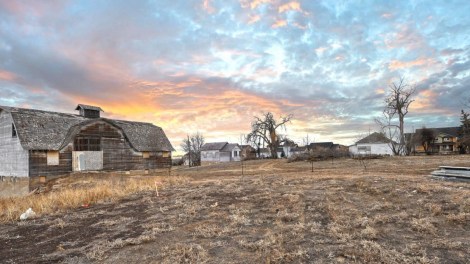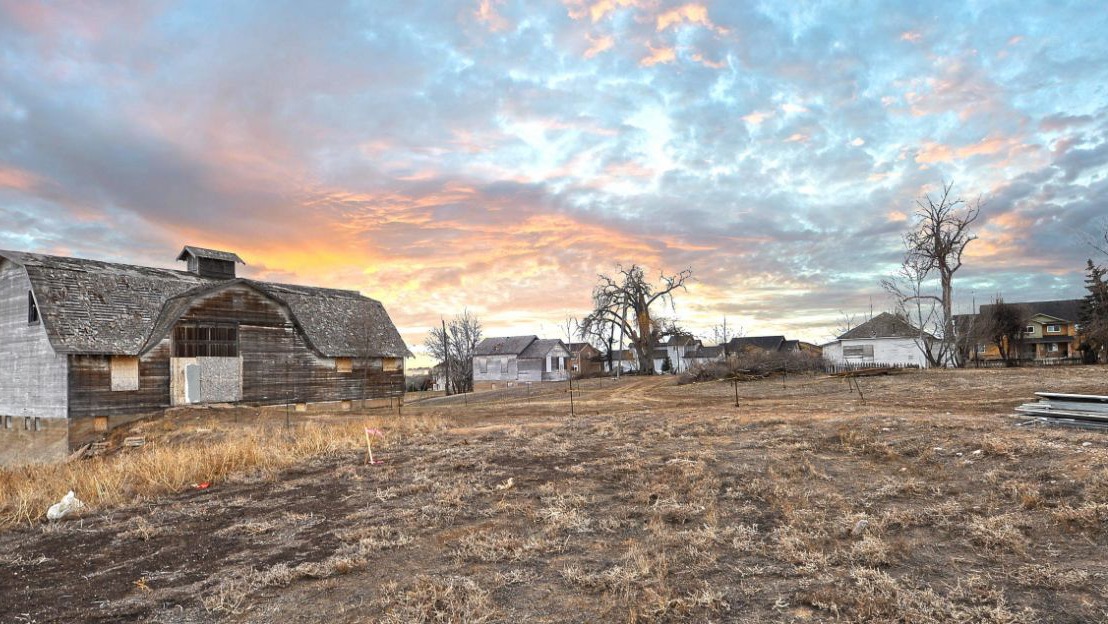
BellisimoHistoric barn and outbuildings are being rehabbed as part of the Bucking Horse housing development in Colorado.
Unless you’re a wealthy white man, you probably don’t play golf. So a home overlooking a water-hogging, pesticide-doused golf course from which players might accidentally strike tiny, hard balls in your direction is probably not your cup of tea.
But since you read Grist, chances are you care about food and like to eat local.
Developers are starting to realize that a lot of Americans like you might prefer to live near a farm than near a golf course. Nebraska’s NPR and PBS affiliate chronicles the growing number of subdivisions that are being built around farms, replete with livestock and crops:
It’s called development-supported agriculture, a more intimate version of community-supported agriculture — a farm-share program commonly known as CSA. In the planning process of a new neighborhood, a developer includes some form of food production — a farm, community garden, orchard, livestock operation, edible park — that is meant to draw in new buyers, increase values and stitch neighbors together.
“These projects are becoming more and more mainstream,” said Ed McMahon, a fellow with the Urban Land Institute, who estimates more than 200 developments with an agricultural twist already exist nationwide. …
In Fort Collins, Colo., developers are currently constructing one of the country’s newest development-supported farms. At first blush, the Bucking Horse development looks like your average halfway-constructed subdivision. But look a bit closer and you’ll see a rustic red farm house and a big white barn enclosed by the plastic orange construction fencing.
“When we show it, people are either like, ‘You guys are crazy, I don’t see the vision here at all,’ or they come and they’re like, ‘This is going to be amazing,’” said Kristin Kirkpatrick, who works for Bellisimo, Inc., the developer that purchased this 240-acre plot of land in 2010 to turn it into a neighborhood totally devoted to local food.
Kirkpatrick is in charge of leasing at the Jessup Farm Artisan Village, the commercial space at Bucking Horse. Work is underway to rehab the historic barn, farm house, loafing shed, saddle shop and chicken coop. Plans for the Village include a farm-to-fork restaurant, wine maker, coffee roaster and yoga studio.
We’re getting hungry just thinking about it.



